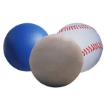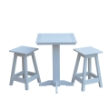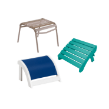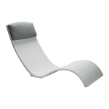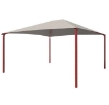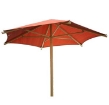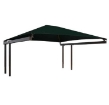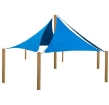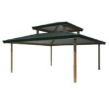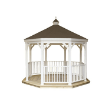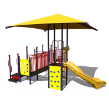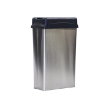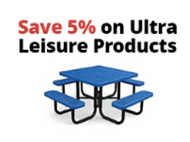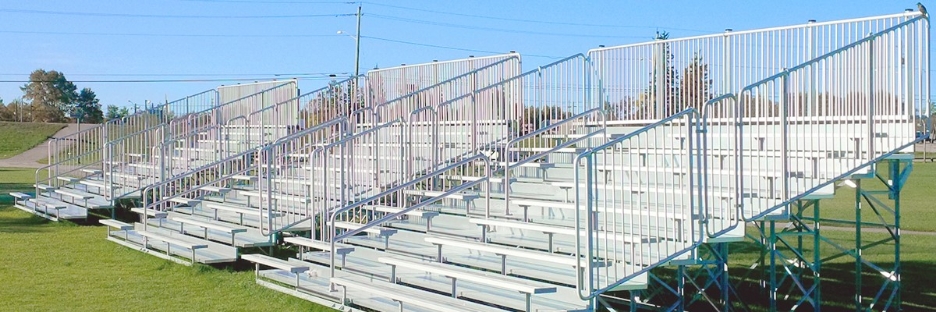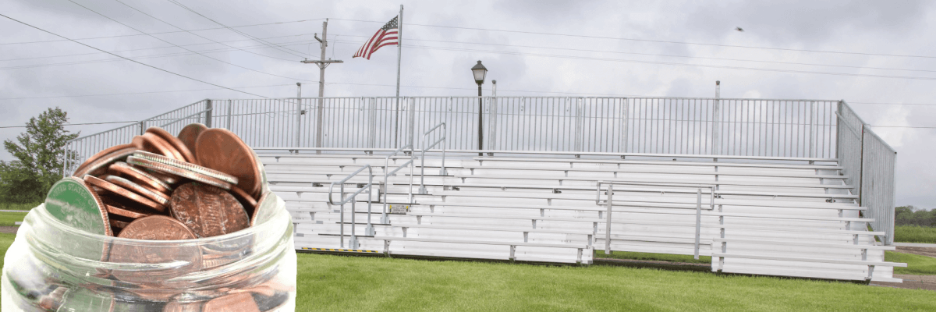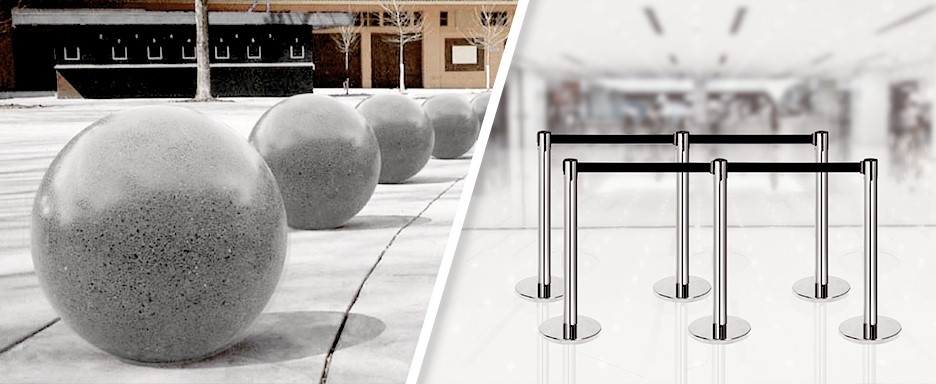Transform your dining space with our Ultimate Commercial Restaurant Furniture Mega Guide! Discover how the right furniture can elevate the atmosphere, enhance guest comfort, and boost the functionality of your establishment. Dive into this comprehensive resource for valuable insights and expert tips to help you make informed choices that will leave a lasting impression on your patrons!
Comments (1)RSS
Blog posts of '2023' 'May'
Unlock the secrets to effective bleacher design with our comprehensive guide! Discover the essential specifications that ensure safety, functionality, and compliance in stadiums and outdoor event venues. Dive in to learn how to maximize space utilization while providing optimal seating for spectators at your next event!
Comments (0)Buying vs. Renting Bleachers 24 May 2023
Are you planning an event and unsure whether to buy or rent bleachers? Our insightful article breaks down the pros and cons of each option, helping you make an informed decision tailored to your needs. Dive in to explore key factors that will ensure you select the best seating solution for your sporting event, concert, or community gathering!
Comments (0)Looking to enhance both security and aesthetics in your area? Our Ultimate Guide to Concrete Bollards provides insights into the best types, uses, and installation considerations for these versatile structures. Dive in to discover how concrete bollards can effectively improve traffic control and pedestrian safety while complementing your space’s design!
Comments (0)Are you looking to enhance comfort and enjoyment in your outdoor venue? Our comprehensive guide on Benches and Bleachers explores the perfect match for comfortable seating, providing insights into their characteristics, design options, and maintenance considerations. Dive in to discover how the right seating arrangement can elevate the spectator experience in sports stadiums, parks, and concert venues!
Comments (0)Explore our comprehensive article on bollards and barriers to understand their key differences and practical uses! Discover the unique functions, designs, and cost implications of each option, along with essential legal and regulatory considerations. Equip yourself with the knowledge needed to make informed decisions and choose the right solution for your specific needs!
Comments (0)The Ultimate Bleachers and Grandstands Guide: Everything You Need to Know Before You Buy 22 May 2023
Ready to enhance your spectator seating experience? Our Ultimate Bleachers and Grandstands Guide dives deep into everything you need to know before making a purchase. Discover the distinctions between bleachers and grandstands, explore customization options, and ensure safety considerations are met for your venue—your informed decision starts here!
Comments (0)Looking to elevate your outdoor spaces and create an inviting atmosphere for your customers? Our Ultimate Commercial Outdoor Seating Mega Guide offers expert advice on selecting the perfect seating solutions for patios, cafes, and gardens. Discover essential tips on types, materials, and features to ensure your outdoor furniture not only meets your business needs but also enhances the overall customer experience—dive in now!
Comments (0)Unsure whether aluminum or concrete bleachers are the best fit for your venue? Our comprehensive comparison explores the advantages and limitations of each material, helping you make an informed choice for your seating needs. Read on to discover key insights that will guide you in selecting the perfect bleachers for your indoor or outdoor events!
Comments (0)Blog search
Blog archive
- 2025
- 2024
- 2023
- 2022
- 2021
- 2020
- 2019
- 2018
- 2017

















